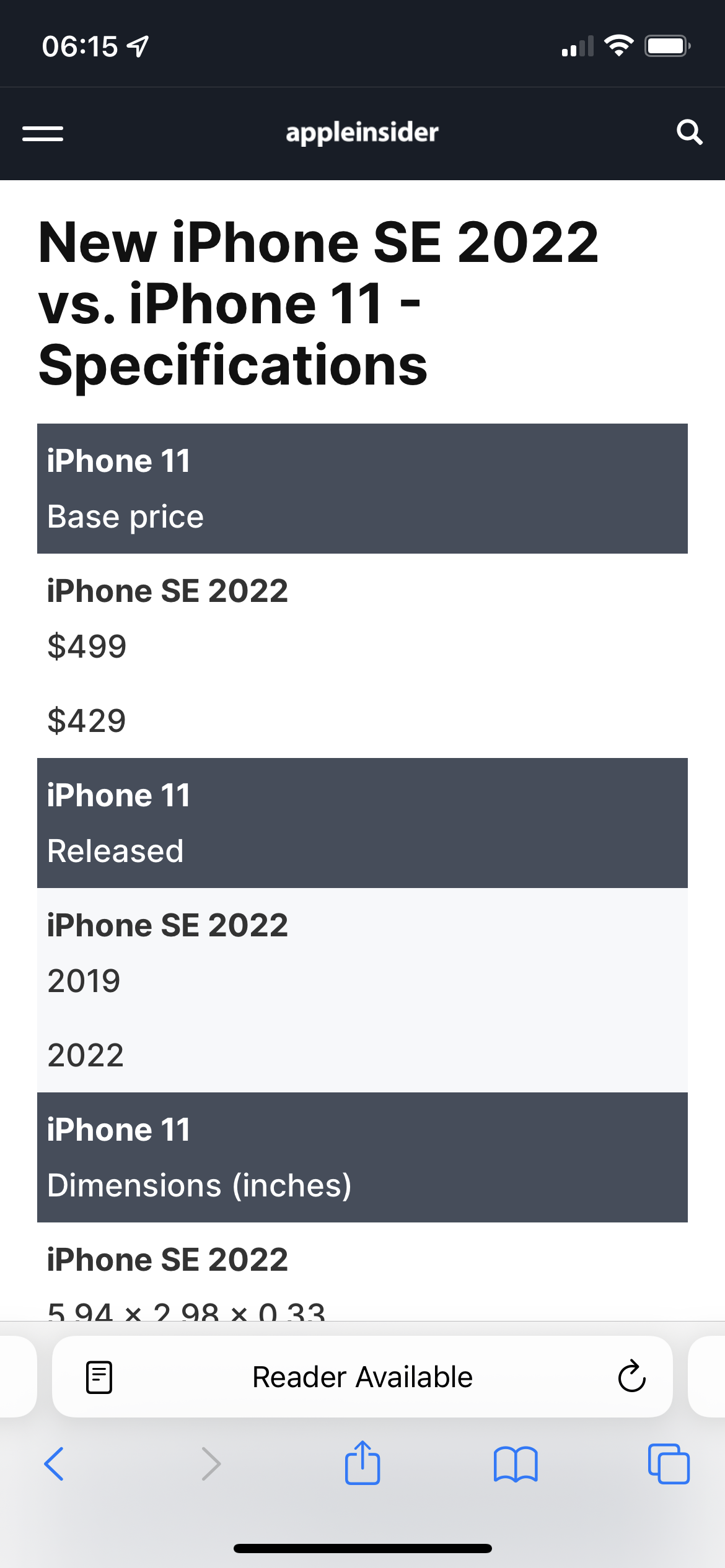They are three years apart, yet the old iPhone 11 is both more and less smartphone than the iPhone SE. Here's how to choose between them.
When Apple introduced the new iPhone SE with a higher price than before, it crossed the important $400 barrier. When the iPhone SE was $399, it was very compelling, but at $429 it suddenly doesn't feel quite as big a jump to the $499 of the iPhone 11.
And once you're beginning to compare these two lowest-cost iPhones, you find that there is a lot to like in both of them. Enough so that despite three years in the difference, both phones are strong contenders.
Compare that to the Apple Watch Series 3 which Apple still sells and no one should buy.
Given that either the iPhone 11 or the iPhone SE could be the right phone for you, here's exactly how they differ, how they are the same - and what's significant about both.
New iPhone SE 2022 vs. iPhone 11 - Specifications
| iPhone 11 | iPhone SE 2022 | |
|---|---|---|
| Base price | $499 | $429 |
| Released | 2019 | 2022 |
| Dimensions (inches) | 5.94 x 2.98 x 0.33 | 5.45 x 2.65 x 0.29 |
| Weight (ounces) | 6.84 | 5.09 |
| Processor | A13 Bionic | A15 Bionic |
| Screen size (inches) | 6.1 | 4.7 |
| Screen resolution | 1792 x 828 at 326ppi | 1334 x 750 at 326ppi |
| Cellular | 4G | 5G |
| Biometric | Face ID | Touch ID |
| Rear cameras | Dual 12MP Wide and Ultra Wide; Night Mode, Deep Fusion, Optical Image Stabilisation, 2x optical zoom out, Digital Zoom 5x | Single 12MP Wide, Deep Fusion, Optical Image Stabilisation, Digital Zoom 5X |
| Front camera | 12MP TrueDepth | 7MP FaceTime HD |
| Battery | Up to 17 hours video playback | Up to 15 hours video playback |
| Capacities | 64GB, 128GB | 64GB, 128GB, 256GB |
| Colors | Purple, Yellow, Green, Black, White, PRODUCT(RED) | Midnight, Starlight, PRODUCT(RED) |
New iPhone SE 2022 vs. iPhone 11 - Processing power
Specifications only do part of the job when comparing any two devices. Nonetheless, even without any direct comparison, you know that the 2022 A15 Bionic processor in the iPhone SE is better in every way than the 2019 A13 Bionic in the iPhone 11.
Inevitably, then, the iPhone SE is going to perform better and faster than the iPhone 11. If that is your key concern when buying, then the iPhone 11 is immediately off your list of contenders.
But then, the iPhone SE might be, too. When you're after performance, the iPhone SE does officially match the iPhone 13 range.
Phones like the iPhone 13 Pro are going to feel faster and extra responsive than even the iPhone SE, because they also feature a 120MHz ProMotion display.
But if you compare the straight processor performance of the iPhone SE and the iPhone 11, the results look clear.
An iPhone 11 typically gets a Geekbench score of around 1331 for single-core performance, and 3424 for multi-core. The iPhone SE gets 1695 single-core, 4021 multi-core.
That's a clear difference and it is in favor of the iPhone SE. Yet in the real world, where you don't have the two phones side by side, the iPhone 11 doesn't feel as if it's dramatically slower than the iPhone SE.
It's certainly not so much of a night and day difference that you should disregard the iPhone 11 — or not for this reason, anyway.
The reason you might disregard it, though, is its age. Apple supports its iPhones for far longer than Android rivals do. But even so, if you buy an iPhone 11, we are already three years down the line with it, compared the iPhone SE.
New iPhone SE 2022 vs. iPhone 11 - Biometrics and security
More immediately than the processor differences, the most striking and fast visual way to distinguish the two phones is their screens. The one on the iPhone 11 is substantially bigger, at 6.1 inches diagonally, as compared to 4.7 inches on the iPhone SE.
While they have different resolutions, they have the same pixel density so image quality on the two screens will look the same.
What makes the difference, aside from the iPhone SE having a smaller chassis, is that the iPhone 11 has Face ID and so doesn't need to leave room for a home button. You unlock the iPhone 11 just by looking at it, where you have to press a finger against the Touch ID home button to open the iPhone SE.
That's actually two issues in one. The bigger screen size is useful and appealing, it is better than the smaller iPhone SE display.
Except, according to personal preference, you could equally say that the smaller screen size is useful and appealing. The screen definitely contributes to a smaller overall size with the iPhone SE, and if you like that size, this is probably your last chance to get it.
Face ID is better than Touch ID in that it allows pretty much the whole front of the iPhone to be a screen. Then certainly there are many people who greatly prefer unlocking with a glance instead of a press.
However, there are also people who have tried Face ID and vastly prefer Touch ID, so if that's you, get the iPhone SE. As well as simple preference, Touch ID means also having a home button, and that is at least more straightforward to learn and use than the swipe gestures of other iPhones.
At some point Apple will stop selling iPhones with Touch ID, but for now, the iPhone SE is the sole option for it. And the iPhone 11 is the lowest-cost way to get it.
Where else the iPhone 11 wins
The $499 iPhone 11 comes with a better, 12MP front-facing camera. The iPhone SE's front camera is a lower quality 7MP FaceTime HD one.
This does make a difference, and you can see it in use, but it isn't substantially different enough that the iPhone SE is out of the running. Whereas there are differences in the rear cameras which can be significant.
Where the iPhone 11 has dual 12MP Wide and Ultra Wide rear cameras, the iPhone SE has only a single Wide one. Plus the SE offers solely 5x digital zoom, whereas the iPhone 11 also offers 2x optical zoom.
The iPhone 11 has longer battery life, although again it perhaps isn't substantial. Apple says the iPhone 11 will play back video for up to 17 hours, where the iPhone SE will do the same but only up to 15 hours.
There is also the fact that the iPhone 11 comes in six different colors, compared to just three for the iPhone SE.
Where else the iPhone SE wins
It doesn't have the dual camera system of the iPhone 11, but it does have the A15 Bionic - and the 16-core Neural Engine instead of the older phone's 8-core version. This all means that the iPhone SE does have some photographic advantages.
It supports Smart HD 4, for instance, plus it has Night Mode, and the effects Apple calls Photographic Styles.
If you tend to take a lot of photos, you also benefit from how the iPhone SE is available with 256GB storage. The iPhone 11 only goes to 128GB, which can easily feel quite tight.
Next, the iPhone SE is smaller and lighter than the iPhone 11. For popping into a pocket, or dropping into a handbag, the iPhone SE is a very light and compact phone.
It's not quite as small or quite as light as the $699 iPhone 13 mini, though. Curiously, the 2020 iPhone SE does feel lighter, it's as if the iPhone 13 mini is more compressed,
But the practical truth is that the smallest iPhone is the iPhone 13 mini. And if the many rumors are correct, 2022 is the last year that we'll see any iPhones that are this compact.
So if you like a small size then not only should you choose the new iPhone SE over the old iPhone 11, but you should hurry because small phones are on the way out.
The good and the bad of choosing
Despite all of these specific, clear differences between the two iPhones, a huge part of making the choice is personal preference.
You really need to see and hold each of these iPhones before you decide, but that may not be practical.
Fortunately, there is also this. While each phone has some key differences, both iPhones are very good. There's no concern about getting a dud because you buy the older iPhone.
Nor will you regret buying either of them, not unless you later do get to hold both of them in your hands.
 William Gallagher
William Gallagher
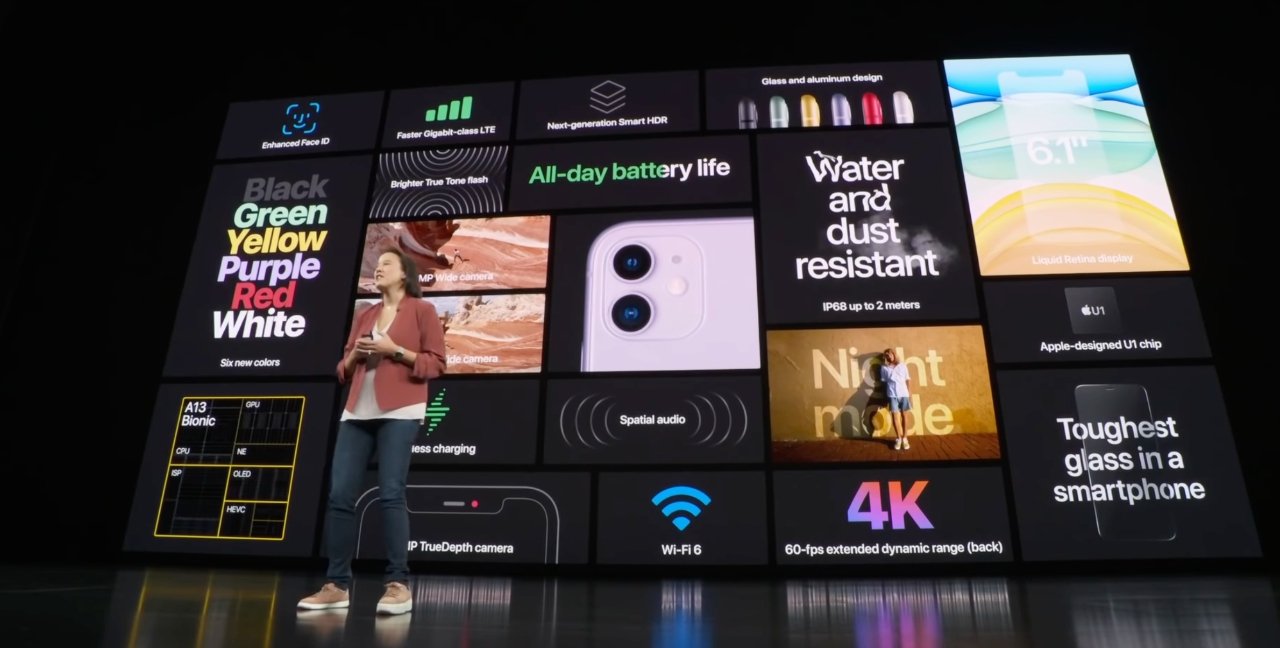
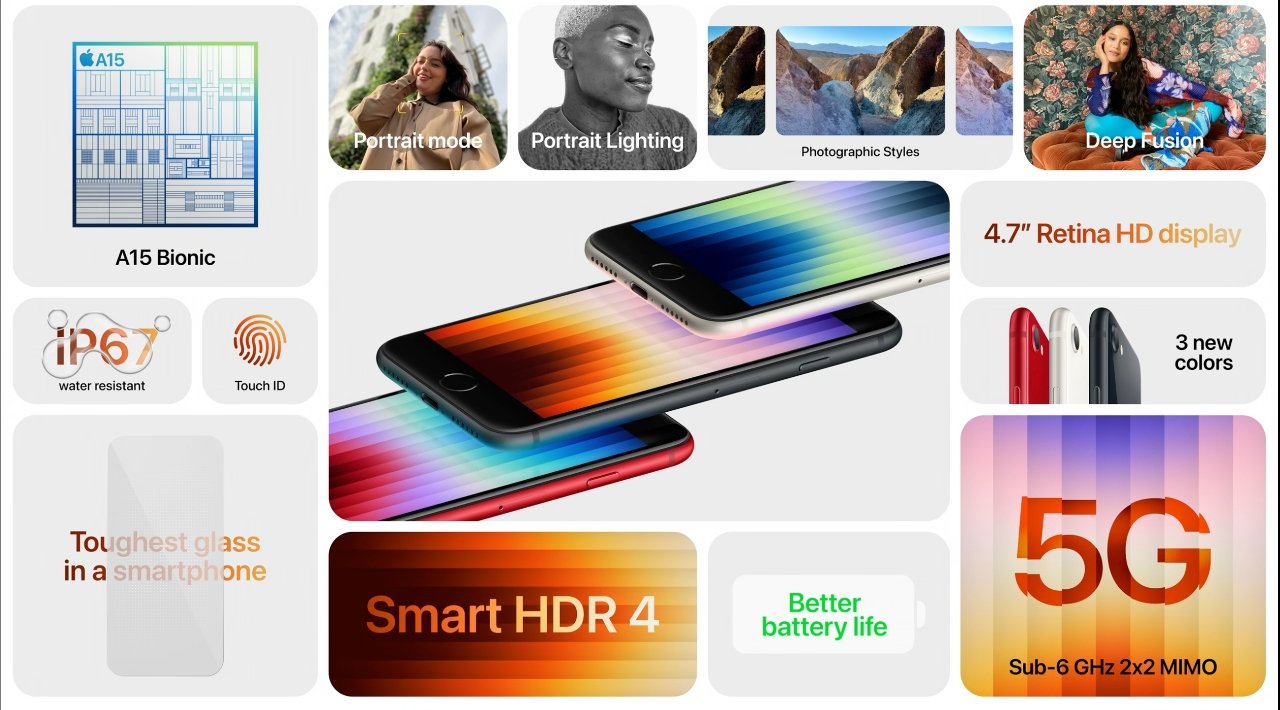

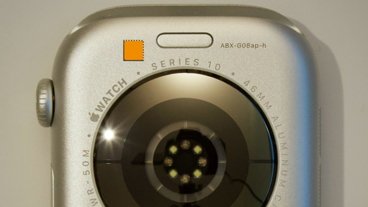


-xl-m.jpg)


-m.jpg)






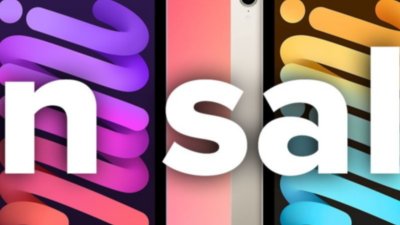
 Christine McKee
Christine McKee
 Chip Loder
Chip Loder
 Thomas Sibilly
Thomas Sibilly
 Wesley Hilliard
Wesley Hilliard

 Amber Neely
Amber Neely
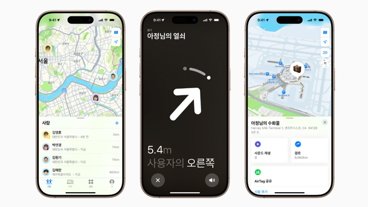
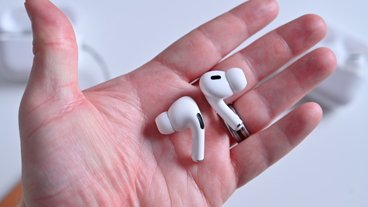






5 Comments
Whart's point of comparing SE3 to any version of iPhone ? iPhone SE3 is no different than SE2 except upgrade to internal hardware. No increase to screen size or adding dual cameras. So, I am confused about what SE3 brings to table other than 5G and CPU upgrade ? One thing I admit, price is compelling in a family of iPhones.
As your own specs state, Night Mode is conspicuously absent as a camera feature from the new iPhone SE. Both front and back cameras support "Night mode Time-lapse", but that's it.
Hey, appleinsider guys, do you know that your specs tables display really badly on an iPhone? I really struggle to make sense of them as the headings are mixed up with the numbers. It’s been like this for years!
